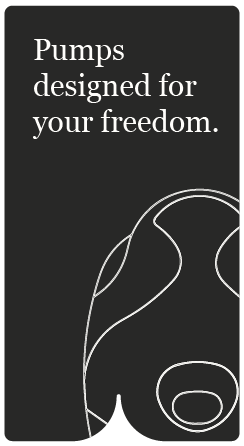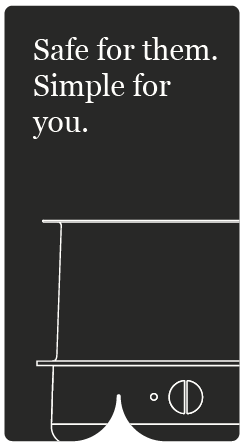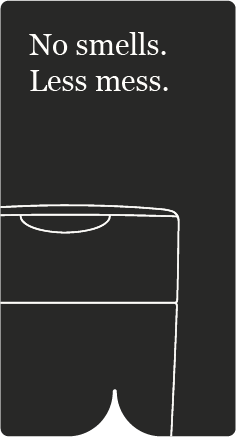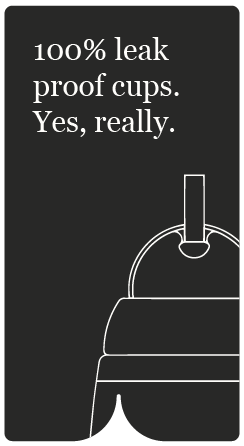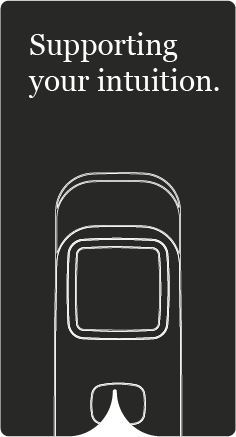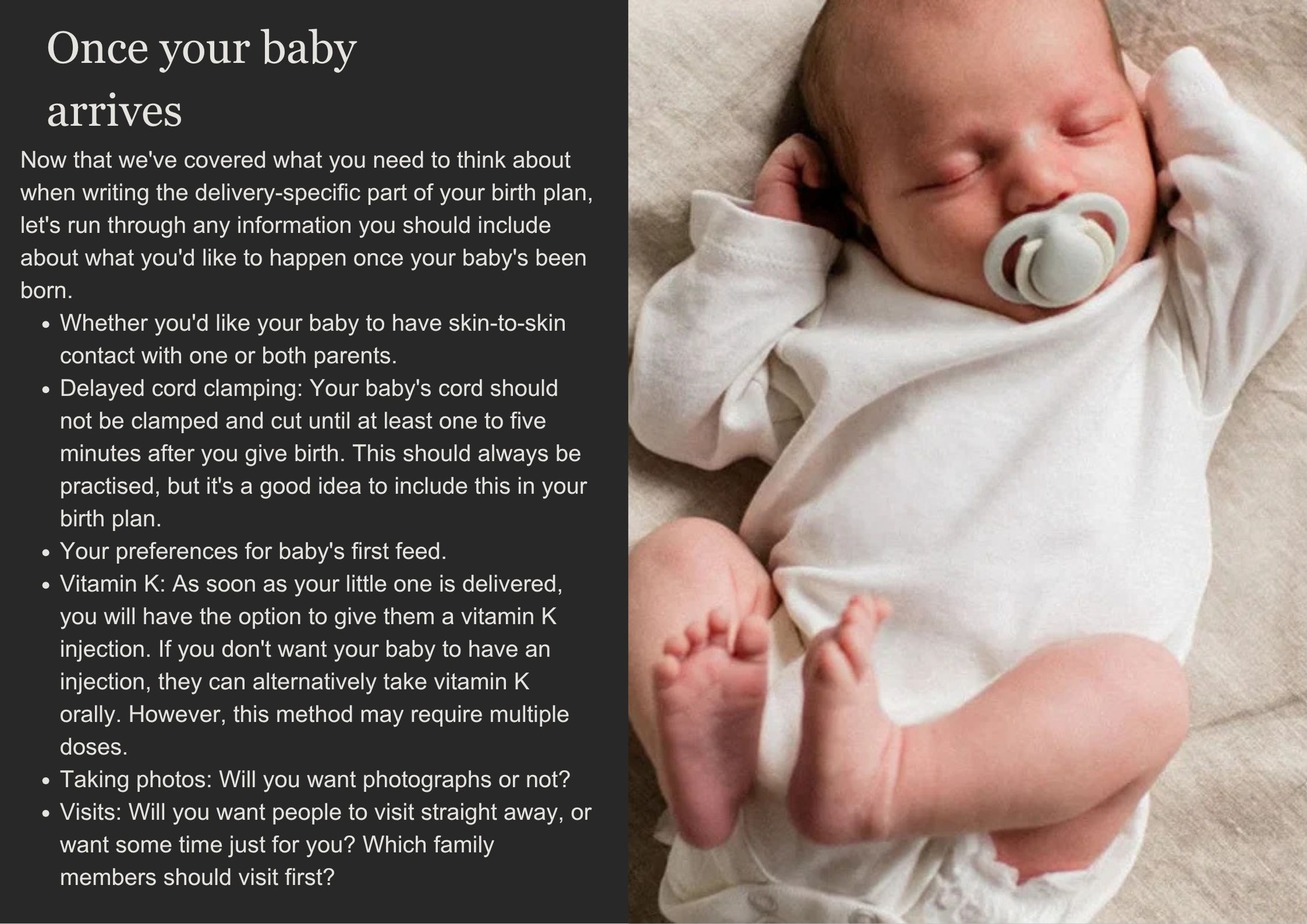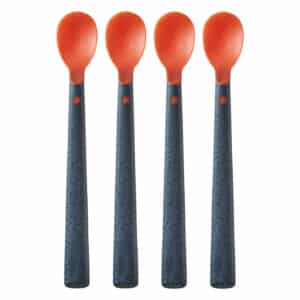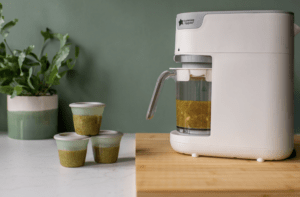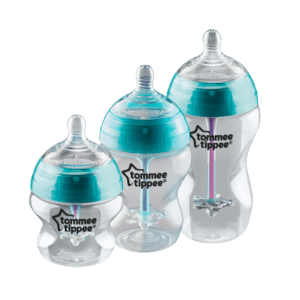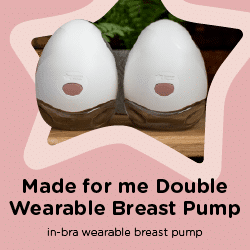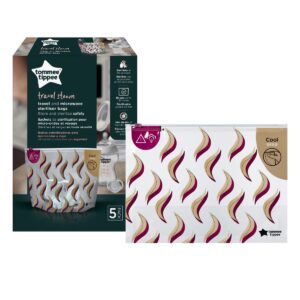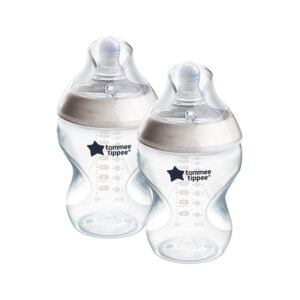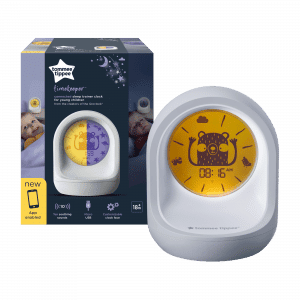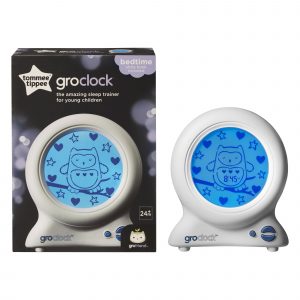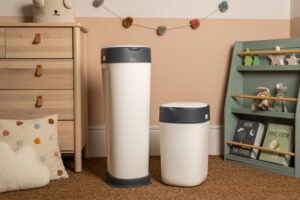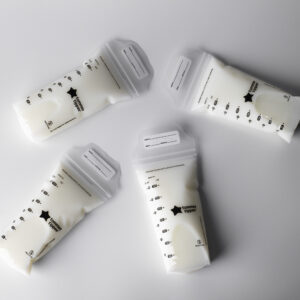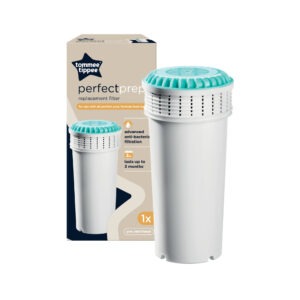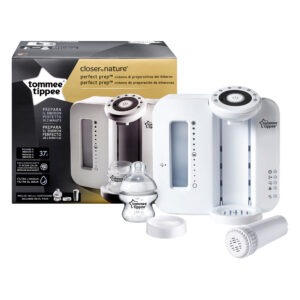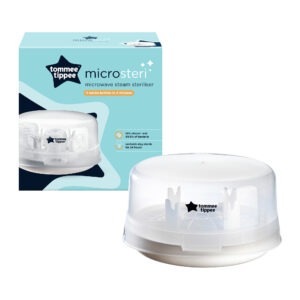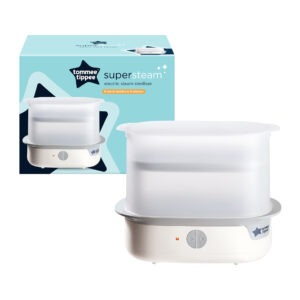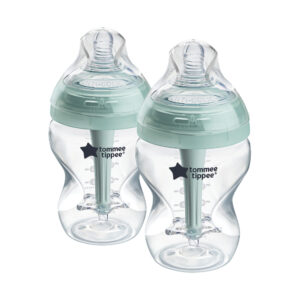Pregnancy
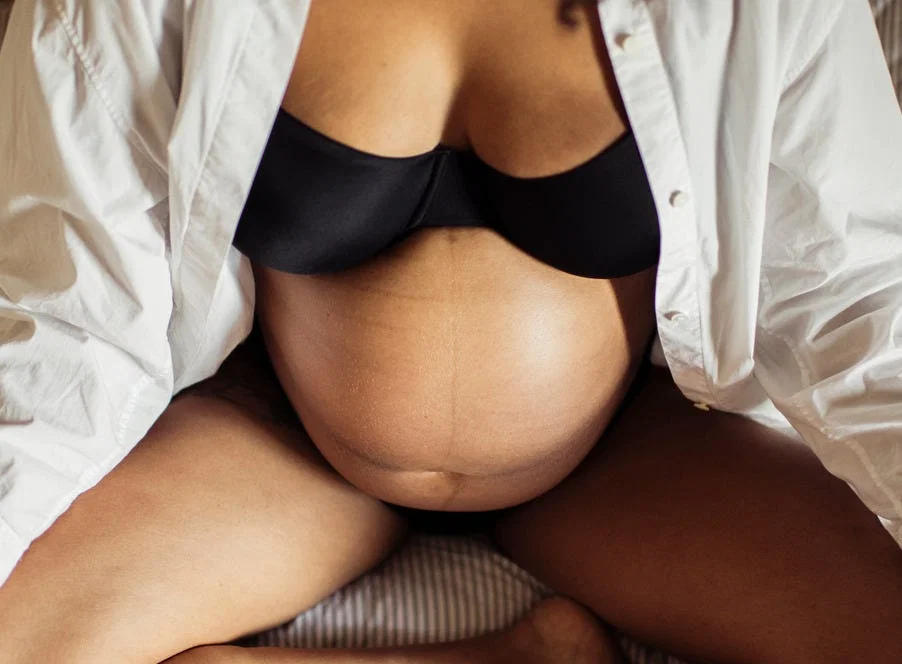
Tips for writing a birth plan
Tips for writing a birth plan

- A birth plan is a simple record of your preferences for labour, delivery and after birth — helping your care team support your wishes.
- It can include where you want to give birth, who you want with you, and how you’d like to manage pain.
- Remember: it’s not a test and it’s not set in stone, you can change your mind anytime.
- Include details like your birth partner, preferred positions, pain relief options, and special requirements (e.g. accessibility, religious needs).
- Think about your post-birth preferences too, such as skin-to-skin contact, delayed cord clamping, first feed, and who visits first.
- Stay flexible. Even if things don’t go exactly to plan, your team will always prioritise what’s safest for you and your baby.
- Aim to have your plan written by 30–35 weeks and share it with your midwife and partner so everyone’s on the same page.
As you get closer and closer to the big day, it’s a good idea to start thinking about how you want your birth experience to play out, and writing a birth plan can really help!
From info about your birth partner to pain relief options, you’ll need to gather your thoughts and note down any preferences you might have, so everyone involved is on the same page.
For first-time parents, this can be a little daunting and can feel a little like a test – but don’t worry, we’re here to guide you through it and hopefully make the birth plan planning a little easier.
What is a birthing plan?
A birth plan, put plainly, is a record of what you want to happen during your labour, delivery and after.
This can include virtually anything you want the healthcare professionals delivering your baby to know, and it will be included within your maternity records.
If you’ve received advice from your maternity team that you want to stick with during your birth, you’ll want to add that to your birth plan. If you have specific preferences about the position you’d prefer for labour, chuck that in.
Remember, different people have their own unique birth plans – this isn’t GCSE Maths, you can’t copy off your pal. Sure, take advice, but make sure that YOUR personal preferences that fit your circumstances are included in your birth plan. It’s all about you and your baby after all.
Your birth plan is a way for you to help the health professionals supporting you. It lets you share information so they can care for you and meet your wishes, but no matter what you say in your birth plan, you can change your mind and consent to different care at any time.
Where to give birth
The first thing you’ll want to include in your birth plan is where you intend on giving birth. Depending on what’s available in your area, you can give birth:
- at home
- in a midwifery unit
- in a maternity team unit in the hospital
Your midwife will probably explain your best options and outline the benefits of each, but the decision is yours. You might find it helpful to get some advice from the pros (your mom friends). Most hospitals and maternity units offer tours – go and have a nosey round. And you can always change your mind about where you’d like to give birth – things don’t always go to plan in labour and your main concerns might change in the moment, which is totally fine.
C-section birth plan
If you’re having a planned C-section, you should include as much information about this as possible in your birth plan. It’s a good idea to think about:
- who you want to take with you – if your caesarean section is carried out under local anesthetic and you’re awake, your partner or companion can sit with you if you’d like them to
- what music you’d like to play during the birth (if any)
- if you want a screen up during the procedure
Information about your birth partner
Having a birth partner offers way more benefits than just having someone to yell at while you’re pushing. It’s been shown to reduce the need for pain relief while in labour – suppose having someone there to hold your hand is its own pain relief of sorts. But you’ll need to provide some information about your birth partner in your birth plan.
You need to outline who they are and where you’re comfortable with them being while you’re in labour. For example, would you want your birth partner with you if you need a C-section? Or if you require a forceps or vacuum delivery? All this needs to be outlined in your birth plan.
Do you want a doula?
During labour, delivery and the postpartum period, some people decide to have a doula present to advocate for them and provide emotional support.
A doula is a trained professional who offers non-medical support throughout the birthing process. They can help with pain management techniques, provide reassurance, and act as a liaison between the birthing person and medical staff.
When selecting a doula, it’s important to have an initial consultation to discuss expectations and preferences. You can also decide how involved they will be in the lead-up to the birth and in the birthing room. Remember to communicate any specific needs or preferences, such as those regarding religion or language, with your doula to ensure a positive and supportive birthing experience.
If you’ve decided that you’d like to have the support of a doula, be sure to note this down in your birth plan.
Positions for labour and birth
Think about what position(s) you’d prefer to be in during labour and birth. This can depend on how active you’d like to be up until the birth – will you be standing and walking around when they’re almost here, or are you more of a relaxer? Here are some popular ones that might appeal to you:
- Squatting: This is a great one for the late stages of labour. Squatting tilts the uterus forward, which is perfect for delivery, and relieves some of the pressure on your back.
- All fours: Great for getting a little massage from your birth partner! This position also opens the pelvis and lets gravity do its thing.
- Sitting: Being upright on the edge of the bed or using a birthing stool is another great way to let gravity help you out a little. Plus, between contractions, you can always lie back and have a little rest before the next big push.
Plus loads more! You can lie on your side, lie down in bed, or kneel against some pillows – whatever you think will be most comfortable for you.
Pain relief preferences
This is probably the one that requires the most research. You can try breathing and relaxation tactics, massage and maybe being in warm water to relieve some of the pressure. Other than that, it’s good to consider any other methods of pain relief you might like to try to assist with delivery.
These can include:
- gas and air
- epidural
- TENS (transcutaneous electrical nerve stimulation)
- pain relieving injections
At this stage, it’s also worth including if you’d like to try and use hypnobirthing techniques. Helping ease anxiety and stress with hypnobirthing can be an effective and natural form of pain management and one that more and more mums-to-be are opting for.
Additional birthing equipment options
There are some great tools and gadgets that can help a lot during labour. Sometimes maternity units and hospitals can provide you with the equipment you’d like, but in other circumstances, you’d have to provide your birthing equipment yourself. This is something that your midwife will be able to advise you on.
Let’s run through some of the birthing tools that you might consider.
- Birthing pool: A birthing pool is a large tub of warm water that’s used during labour and childbirth. Giving birth in warm water is a popular option for many people because it can help you relax, helps increase blood flow and reduce pain, which can help labour progress more smoothly. Many hospitals and birthing centers have birthing pools available for you to use during labour, but it’s important to check with your healthcare provider beforehand to see if it’s a safe option for you and your baby, and if you do decide that you’d like to use a birthing pool, make sure to talk about this in your birth plan.
- Birthing bar: This can be added to most labour beds and helps to support you whilst squatting or leaning during birth.
- Beanbags: A birthing beanbag is designed to keep you in the most comfortable position possible while in labour so it might be a good addition to take along with you.
- Birthing ball: These are incredible for relieving back pain, our advice would be to just get one now and enjoy it while you’re waiting. You’ll want to include in your birth plan whether you will provide the equipment or if you’re just hoping for the hospital to have some spares to hand. There are often balls and other equipment floating around the hospital but it might be a good idea to bring your own if you’re counting on it.
- Music: Music can really change your mood, and a lot of people choose to play music while in labour to help them feel relaxed, energised, or motivated at different stages of labour. It’s a good idea to check if your hospital or maternity ward allows music and see if they provide speakers or if you need to bring your own. If you think you’d like to soundtrack your baby’s birth, why not create a playlist, and talk about the fact that you’d like to listen to your chosen tunes in your birth plan.
Additional requirements
If you have any unique needs or preferences, it’s important to make note of these in your birth plan. Examples of these important additional requirements include:
- accessibility requirements (such as room for your wheelchair in the birthing suite or lighting that lets you see better)
- requiring a translator or a sign language interpreter
- certain religious practices that need to be followed
What to do if your birth plan doesn’t go to plan
It’s important to remember that if your baby’s birth doesn’t happen the way you imagined (for whatever reason) it’s not your fault and is often entirely out of your hands.
Birth plans can be useful in helping you to think through your preferences but should always be held lightly. Equally if your birth plan is to have no plan and just go with the flow, that’s absolutely fine, too!
Even with the best-laid plans, birth can take a few twists and turns. That’s completely normal, and preparing for the unexpected doesn’t mean expecting the worst. It simply helps you feel calm and confident if things change on the day.
Think “What if …?”
You might want to consider how you’d like things to go if you need a transfer to hospital, an unplanned C-section, or if your birth partner can’t be there. Jot down a few preferences, for example: “If a C-section becomes necessary, I’d like my partner present if possible.” Your delivery team will always do what’s safest for you and your baby, but having your wishes clear helps them support you in the best way possible.
Know your non-negotiables
If labour doesn’t go quite as planned, it’s useful to know what matters most to you, whether that’s skin-to-skin contact, delayed cord clamping, or keeping your baby close after birth. Mark these priorities clearly in your plan, so your birth team and partner know what to focus on, even if other details have to shift.
Keep everyone in the loop
Make sure your birth partner or companion knows your wishes and feels comfortable speaking up for you if you need support. You could also include a few “If A then B” notes, such as, “If induction is needed, I’d like to try walking around first.” It helps your team understand your preferences without needing to ask lots of questions in the moment.
Stay flexible
It’s completely okay if your birth doesn’t follow the script. That doesn’t make your experience any less special or you any less strong. A good birth plan isn’t about control, it’s about feeling informed, supported and prepared for every possibility.
Delivering your placenta
The placenta is delivered after your baby is born. This is known as the third stage of labour, and there are two options for delivering the placenta – active management and physiological management.
Active management involves an injection of a medication known as oxytocin in your thigh. The purpose of this injection is to stimulate contractions in your uterus, which helps to detach the placenta from the uterine wall. Typically, the placenta is delivered within half an hour of receiving the injection.
Physiological management means that you won’t be given any drugs to help you deliver your placenta.
It’s a good idea to research these two options and include your preference in your birth plan.
There are a range of things you can do with the placenta after you’ve given birth and it’s important to decide what you’d like to do and include it as part of your birth plan.
Eat it: In recent years, the practice of “placentophagy”, or consuming the placenta has gained popularity, but opinions about this practice remain divided.
Some people claim that eating the placenta:
- boosts energy levels
- improves breast milk quality
- helps with hormonal balance
- reduces the risk of postnatal depression and post-delivery pain
- promotes skin elasticity
- replenishes iron stores
- aids in baby bonding
But despite these claimed benefits, studies have found no data to back them up.
Donate it for medical purposes: Your placenta is full of valuable stem cells and can be donated.
Bank it: If you’re not sure what you’d like to do with your placenta just yet, but you know that you don’t want to discard it, that’s ok! You can bank it.
Placenta salve: You can make a balm using your placenta and organic beeswax, coconut oil and essential oils, and apply this to sore or cracked nipples caused by breastfeeding.
Bury it: Some parents decide to bury their placenta in the garden and plant a tree or shrub on top of it as a way of commemorating their baby’s birth. To do this, dig down at least 30 centimeters and remember to add a layer of soil between the placenta and the roots of the plant.
Take a close look (and feel): Some parents like to pop on some gloves and have a feel of their placenta. It’s an amazing organ and is worth admiring!
Dispose of it: If you’re not particularly interested in your placenta and don’t want to try any of the above ideas, no stress! You’re not obliged to do anything with it, and you can simply let the hospital, birth centre of midwives dispose of it.
Sources- Article by Kate
- How to make a birth plan - NHS
- Birth Plan: How to write it & what to include - Tommy's
- Consent: the key facts - Birthrights
- Placenta Encapsulation Service, capsules and Balms | Placenta Practise
- Eating the placenta after birth carries no health benefits, new study finds | NICHD - Eunice Kennedy Shriver National Institute of Child Health and Human Development (nih.gov)
- Article by Kate
- How to make a birth plan - NHS
- Birth Plan: How to write it & what to include - Tommy's
- Consent: the key facts - Birthrights
- Placenta Encapsulation Service, capsules and Balms | Placenta Practise
- Eating the placenta after birth carries no health benefits, new study finds | NICHD - Eunice Kennedy Shriver National Institute of Child Health and Human Development (nih.gov)


